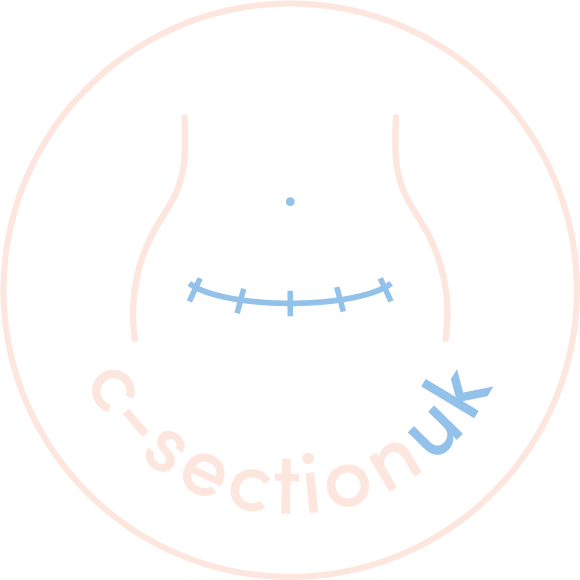Exercise After A C-Section: Risk, Benefits & What To Do (2026)
After a c-section, returning to exercise should be approached with caution. Knowing the risks, benefits, and appropriate exercises can help your recovery. But you don’t need to rush in, here's what you need to know:
Is it the right time to return to exercise?
It is important to determine the appropriate time to resume exercise after a C-section based on your individual recovery progress. Consulting with your healthcare provider is crucial to assess your readiness for physical activity and to receive personalised guidance based on your postoperative healing.
Benefits and Risks of Exercising After Surgery
Benefits
Regular exercise after childbirth can offer various benefits, including:
Promoting overall physical and mental well-being.
Strengthening muscles and supporting postpartum recovery.
Enhancing energy levels and boosting mood.
Aiding in weight management and improving cardiovascular health.
Risks
There are certain risks associated with postpartum exercise, which include:
Potential strain on the healing incision site.
There is an increased risk of complications if exercises are too intense.
Impact on pelvic floor muscles and core stability.
Inadequate recovery time leads to delayed healing.
What type of exercises should I do after a c-section?
It is recommended to do only gentle exercise following a c-section. Here are a few gentle options you may wish to try.
Pelvic floor exercises
Pelvic floor exercises after a c-section, like Kegels, can improve bladder control, support the pelvic organs, and aid in recovery.
Abdominal exercises
Gentle abdominal exercises, such as pelvic tilts and modified planks, can help engage the core muscles without putting excessive strain on the incision site. Gradually reintroducing core exercises can support abdominal muscle recovery.
Lower back exercises
Incorporating gentle lower back exercises, such as pelvic stretches and cat-cow yoga poses, can help alleviate back discomfort and improve spinal mobility after a c-section.
Cardio
Low-impact cardio exercises, such as walking, swimming, or stationary cycling, can improve cardiovascular fitness without putting too much stress on the body. It is recommended to start with short and manageable sessions and gradually increase the intensity as tolerated.
Is exercise important after a c-section?
Safe and appropriate exercise can improve muscle tone, enhance flexibility, and support overall well-being during the recovery process after a C-section, making it vital for postpartum recovery and restoring physical strength and function.
Exercises to avoid
Avoid high-impact activities that may jolt the body or put a strain on the incision area.
Do not lift heavy objects or perform strenuous exercises that can pressure the core muscles excessively.
Refrain from twisting or bending movements that may cause discomfort or disrupt the healing process.
Intense abdominal exercises like sit-ups or crunches should be avoided as they can strain the muscles prematurely.
To ensure a safe and effective exercise routine after a c-section, it's important to prioritise gradual progression of gentle exercises. Listen to your body's signals and seek guidance from a qualified fitness professional or a healthcare provider.
Remember that everyone's recovery timeline is unique, so honouring your body’s needs and progress at a pace that supports your overall well-being is crucial.
Written by: Midwife Laura
